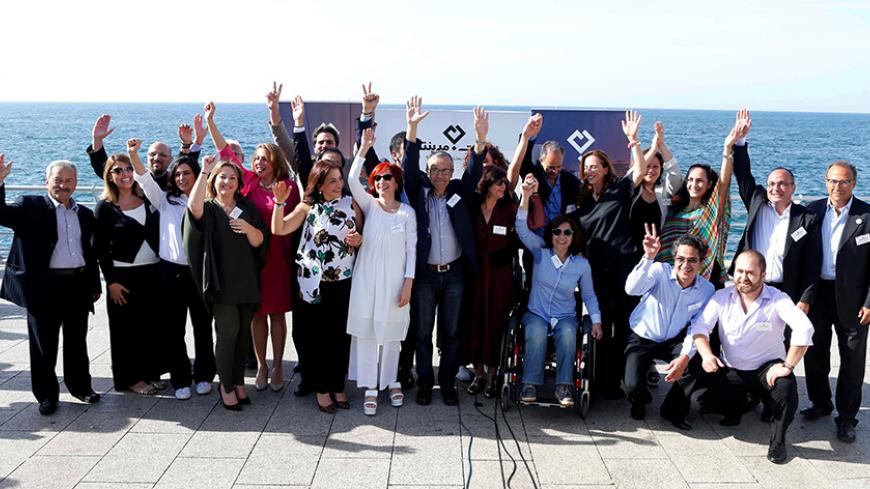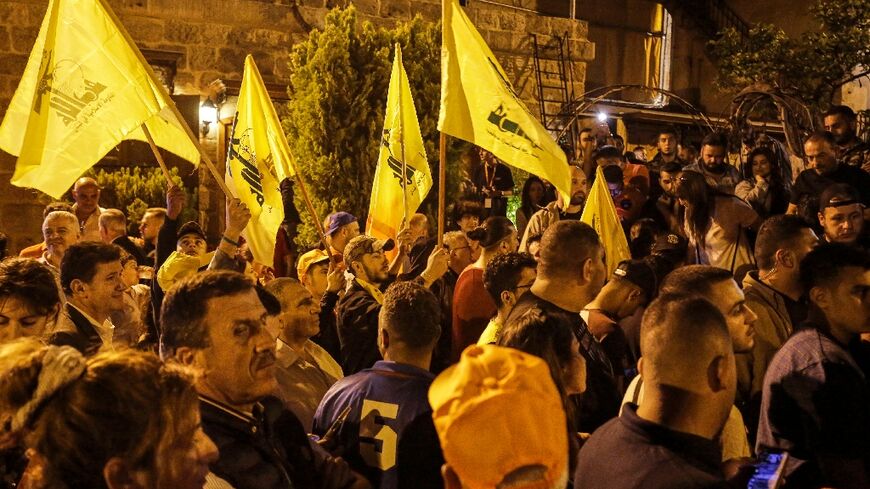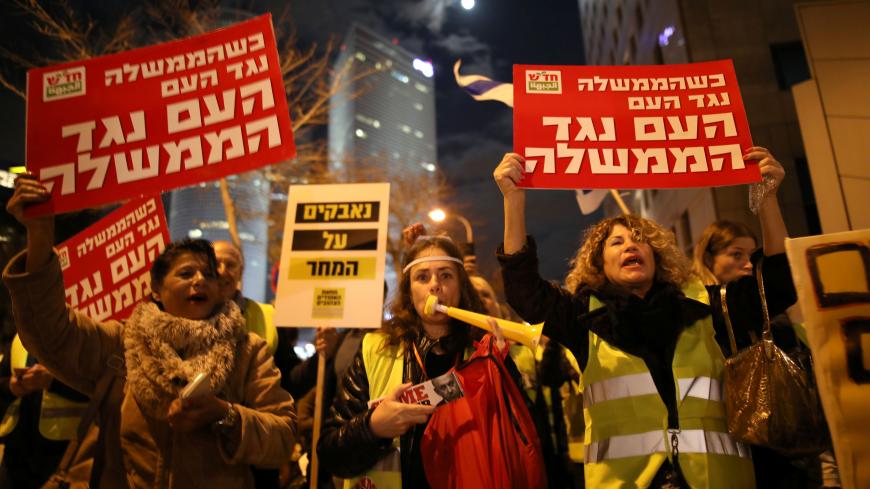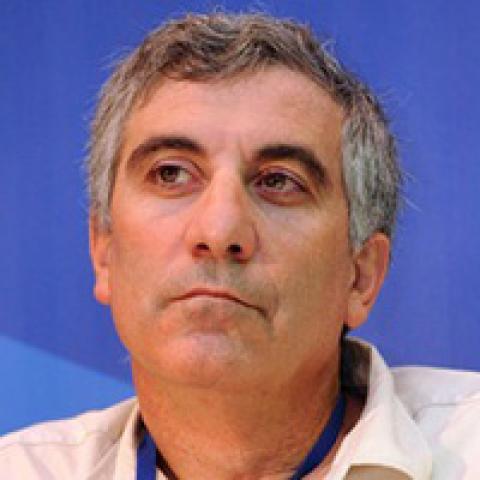What’s next for Lebanon’s yellow vests?
Analysts believe the momentum recently seen in protests against Lebanon’s state incompetence will die out, as people are losing hope.

The wave of yellow sweeping across France in the past two months crashed in Beirut on Dec. 23, coalescing thousands of indignant Lebanese citizens protesting decades of state incompetence. But analysts do not predict a change will come.
“So far the demonstrations have been relatively limited,” Karim Bitar, director of research at the French Institute for International and Strategic Affairs, told al-Monitor. “Considering the degree of public anger at corruption, mismanagement and years of bad governance, one could have expected much wider participation. Especially if you compare to what is happening in France.”









